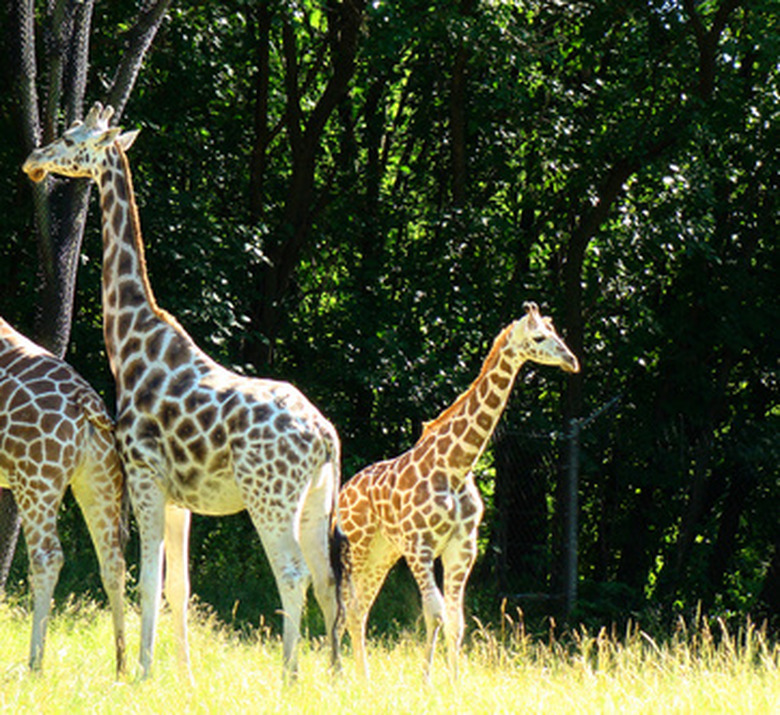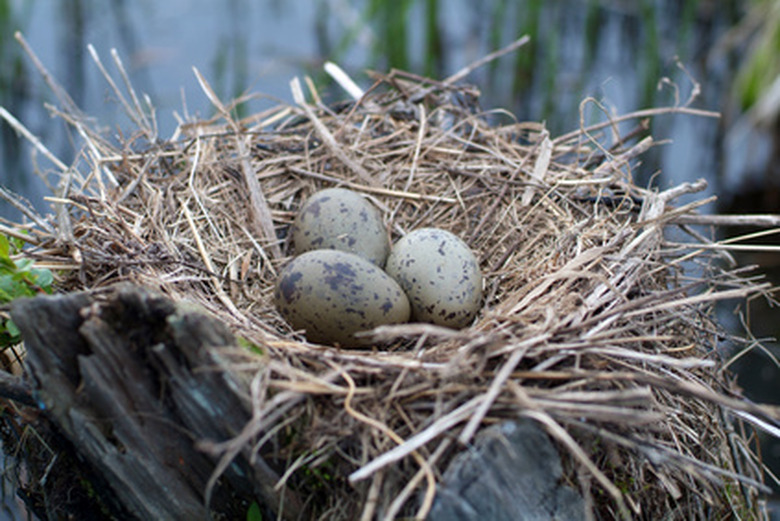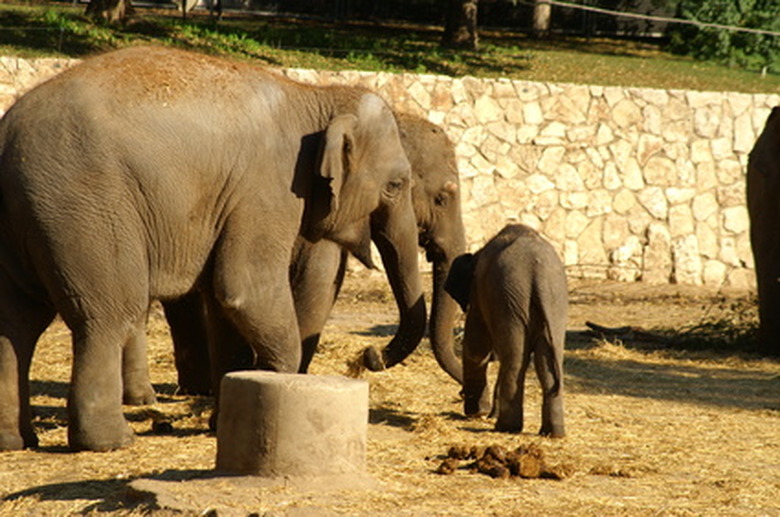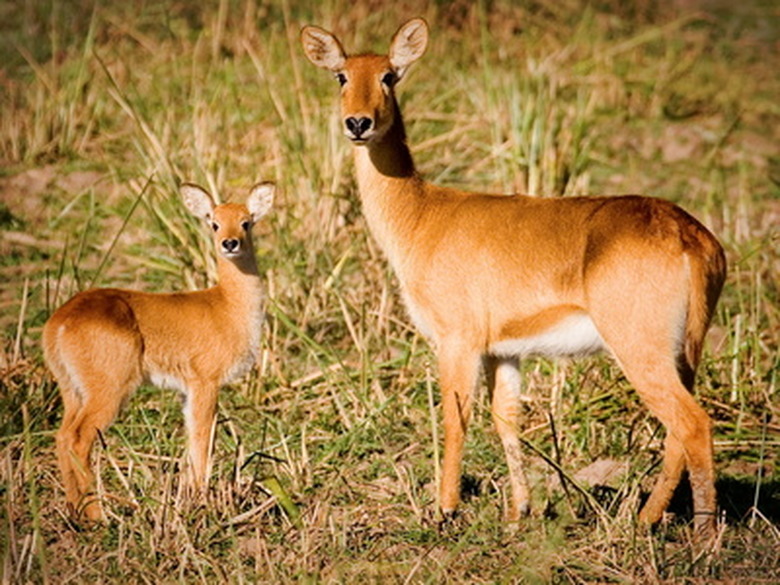Animal Reproduction & Development
Reproduction and development are crucial to maintaining a species population. The process of reproduction is complex and varies between different families of animals. While all species reproduce in one way or another, the way in which the eggs are fertilized and the young come into the world differ greatly. Animal growth and development also varies; some animals go through several stages of development.
Types of Reproduction
Types of Reproduction
Asexual reproduction involves one parent without the fusion of sperm and egg. In essence, the female creature clones herself and can create an entire population without the presence of males. Asexual reproduction is generally limited to invertebrates, such as worms and certain sea creatures such as hydras and some species of sponge and coral as well as starfish and sea urchins. However, in the absence of available males, asexual reproduction also has been documented in some species of snake and some sharks.
Sexual reproduction, on the other hand, is highly favored throughout the animal kingdom. Sexual reproduction requires a sperm to fertilize an egg, creating offspring. This can happen through physical contact or as in the case of some sea life, such as corals, sperm can be carried by the water and cause fertilization. Some creatures exhibit both asexual and sexual reproduction.
Sexual reproduction typically requires a male and a female, however there are hermaphroditic creatures throughout the animal kingdom. Some hermaphrodites—those possessing male and female reproductive organs—switch sexes later on in life, while some are born with both types of sexual organs.
Asexual Methods of Reproduction
Asexual Methods of Reproduction
There are several types of asexual reproduction. Some creatures, such as the hydra reproduce by forming buds or polyps that then fall off to form an independent organism. Many worms, sea urchins, sponges and starfish reproduce through refragmentation. When a part is cut or broken off, new parts regrow, forming a new separate creature. In another method, parthenogenesis, an unfertilized egg develops into a new organism; this most often happens when conditions are unusual, such as when a population lacks males to fertilize the eggs.
Types of Bearers
Types of Bearers
Besides sexual and asexual categories, animals can also be categorized by how they bear their young. Oviparous (egg layer) and viviparous (live bearer) are the scientific names for each of these categories. Birds are oviparous, along with most fish and reptiles. Sharks, pit vipers and various other reptiles and amphibians are live bearers. All mammals, with the exception of the platypus and very few others, are viviparous.
Time Frame of Egg Development
Time Frame of Egg Development
In the case of sexual reproduction, the development of the embryo varies widely. For example, a human pregnancy lasts about nine months, while elephants are pregnant for nearly two years. Oviparous creatures lay their eggs and wait for a specific amount of time for them to hatch. Live-bearing animals most generally have the embryo develop within the womb, and the young is then born into the world.
Parental Care
Parental Care
Viviparous creatures in the wild can be born blind, deaf and hairless; others are born able to walk or swim. Oviparous creatures, however, are often at the mercy of their parents while developing within the egg. Generally in the animal kingdom, the parents keep close eyes on their newborns or eggs to protect them from predators. Few species take no care of their young; many fish and reptiles, for example, guard the eggs fearlessly until they hatch.
The length of time a young animal remains in its mother's care depends greatly on the species. Often times, it is until the baby is sexually reproductive so that it may find a new mate and start their own family, pack, herd or other structure.
Function of Reproduction
Function of Reproduction
Throughout the course of time, and with the varying methods of reproduction, it remains vital to the sustainability of a species to be able to reproduce. Whether the young is a clone of its mother or an embryo developing within an egg, it is a new member of the species.
Cite This Article
MLA
Kelly, Jasey. "Animal Reproduction & Development" sciencing.com, https://www.sciencing.com/animal-reproduction-development-6320639/. 22 November 2019.
APA
Kelly, Jasey. (2019, November 22). Animal Reproduction & Development. sciencing.com. Retrieved from https://www.sciencing.com/animal-reproduction-development-6320639/
Chicago
Kelly, Jasey. Animal Reproduction & Development last modified March 24, 2022. https://www.sciencing.com/animal-reproduction-development-6320639/



